
Subject: Lakeland West - Clearance Area West


George & Jeanette Brooks Home
Appraisal Report - 4810 Lakeland Rd, west half of Lot 13 block 12 Urban Renewal Parcel 18 Block 24
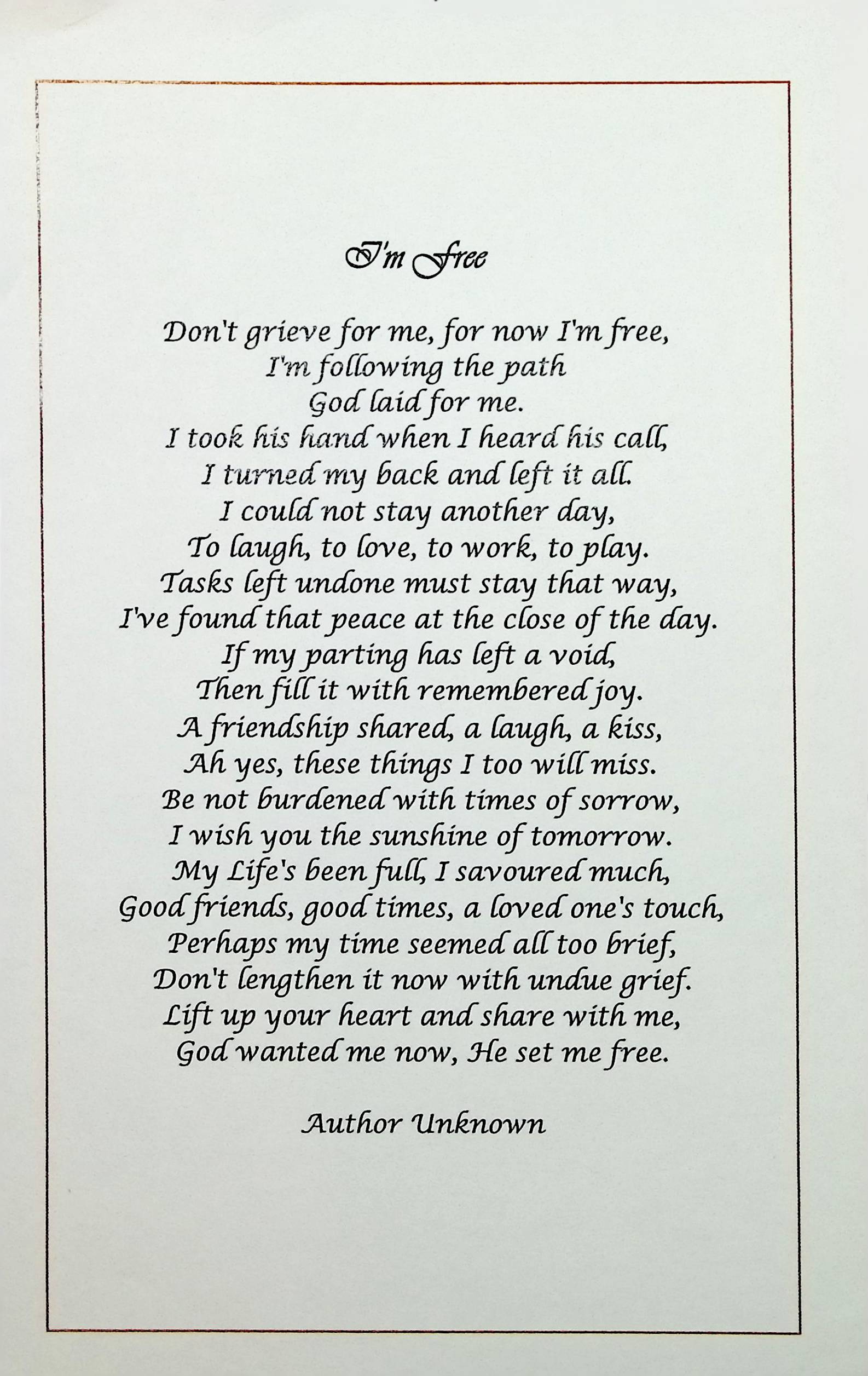
Demolition Photo
Going, Gone The first demolition in Lakeland located at 4800 Navahoe St. The first of 65 structures to be cleared

48th Ave Home
8104 48th Ave Plaza Properties

48th Ave Home
8106 48th Ave Melbourne Pl and 48th Avenue
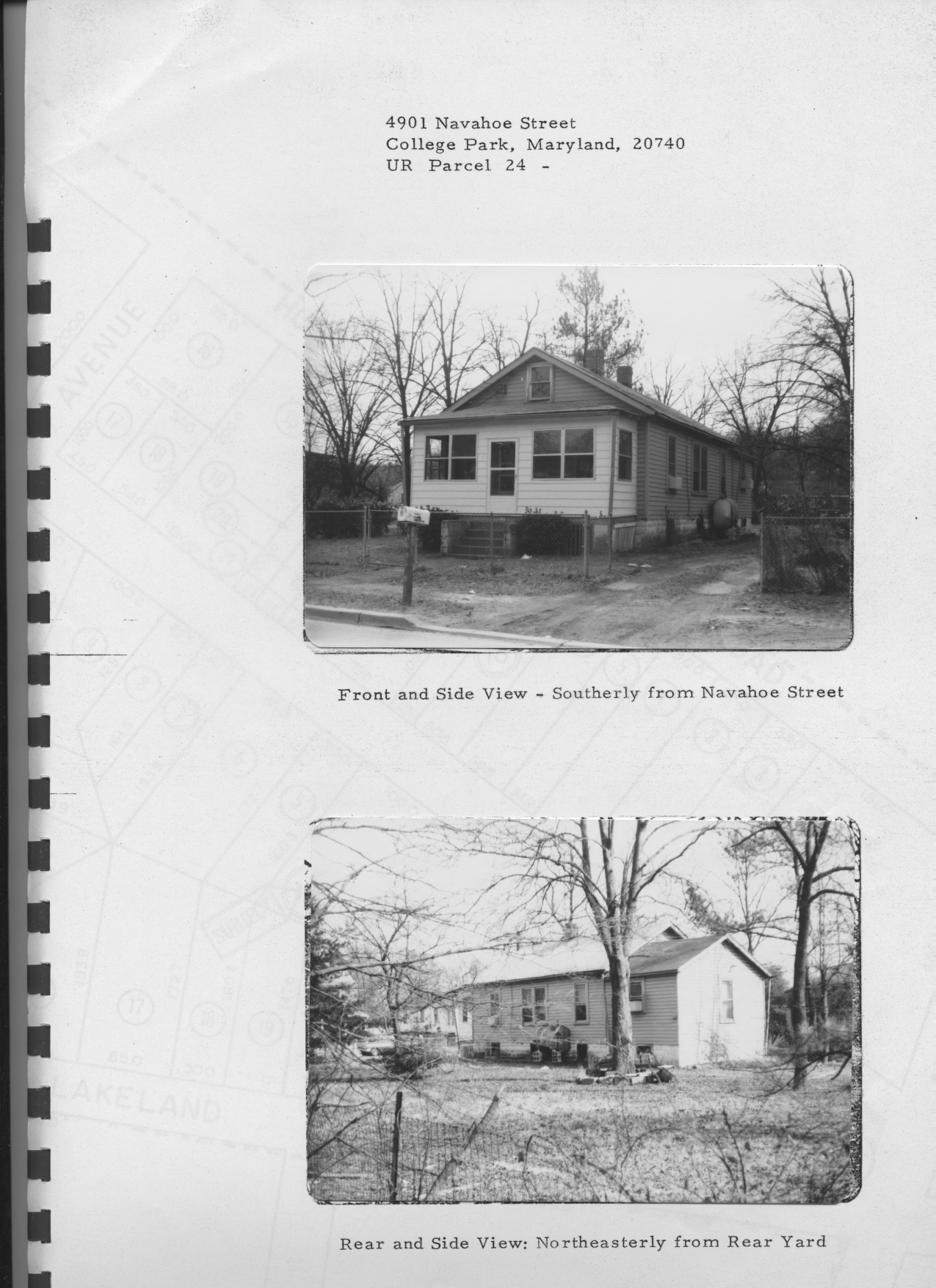
Conway Home
4901 Navahoe St. Urban Renewal Parcel 24 Ralph E. & Emma Conway
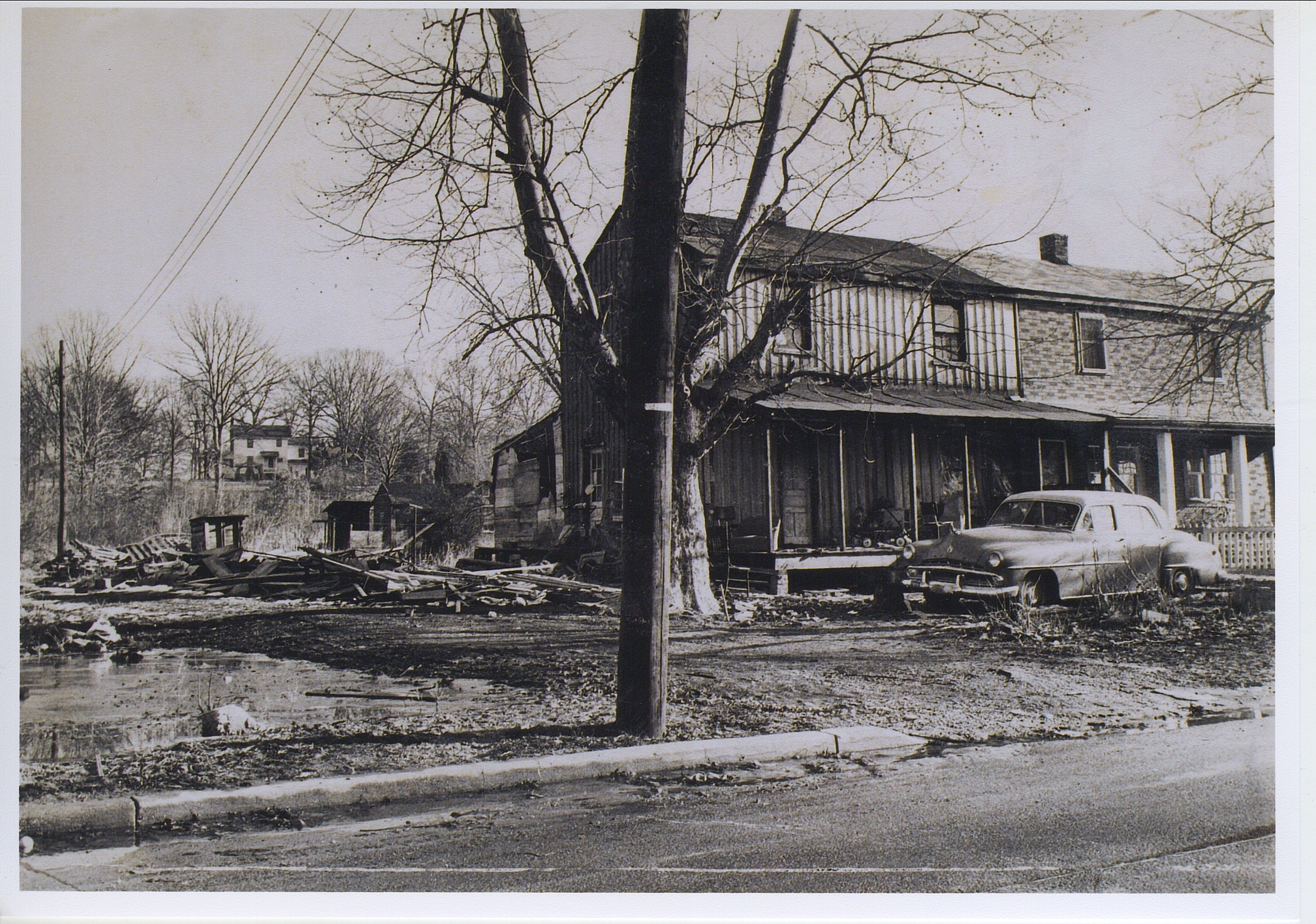
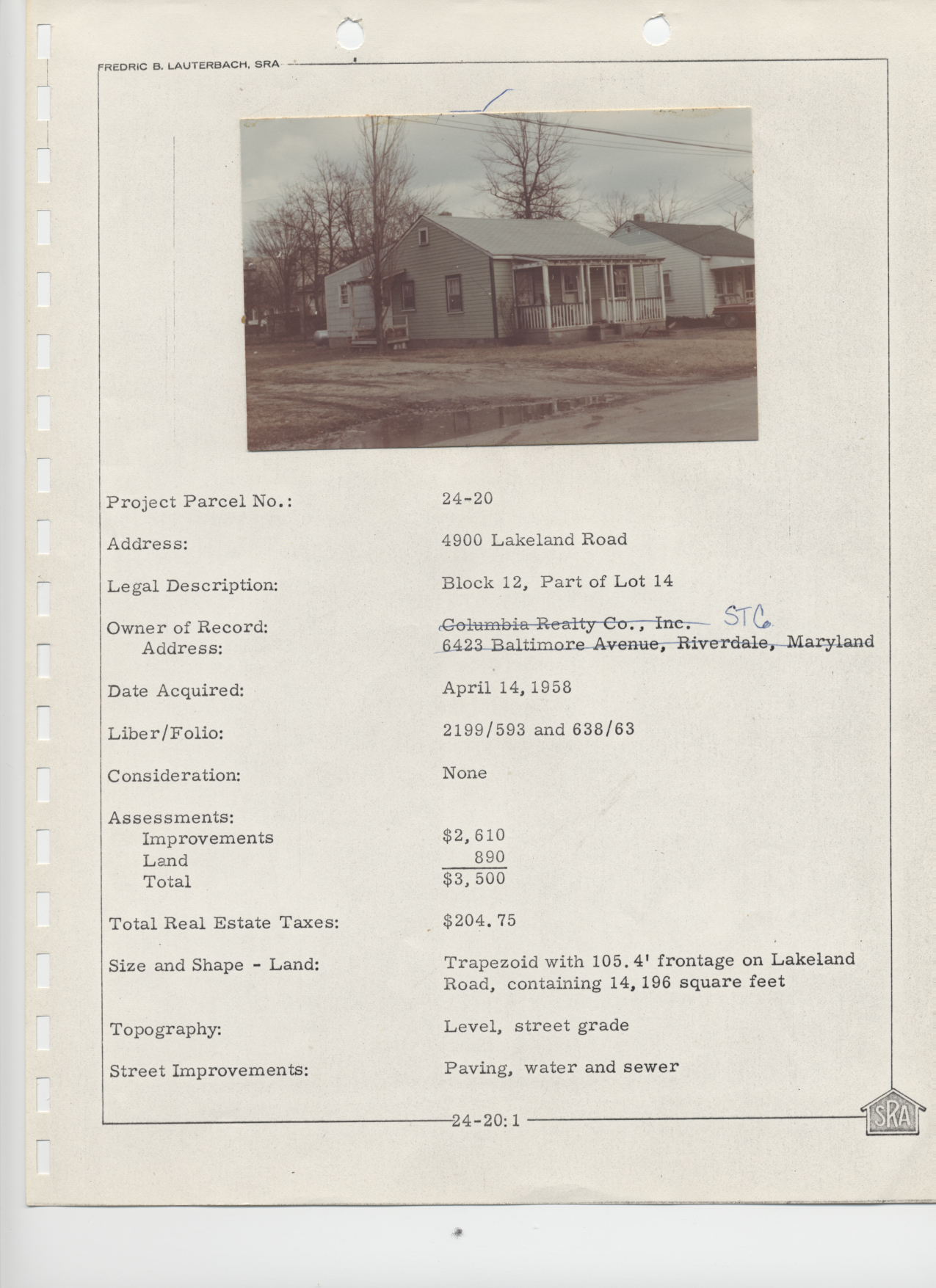
Lakeland Road Home
4900 Lakeland Rd Block 12, Block 14 Project Parcel 24-20 owner STG (Thomas G. Johnson)

Spellman House Groundbreaking
Mayor Reeves

Stewart/Conway Home
4903 Navahoe Street East part of Lot 3 Block 12 Urban Renewal Lot 3 Block 24 Mary E. Stewart 1/3, Sam R. Stewart 1/3; Earl Conway 1/6, Raymond Conway 1/6

Motel buildings
Property face was on Baltimore Avenue and included several small cottages and a larger building. A note on the photo from contributor states "Housing for B&O Railroad Employees"

Lakeland Tavern
Possibly 4827 Navahoe Street Mary E. Stewart, Samuel R., Earl & Raymond Conway

Floyd & Azalian Ross Home
4808 Lakeland Rd Floyd & Azalian Ross Block 12 Lot 12. Project Parcel 24-7
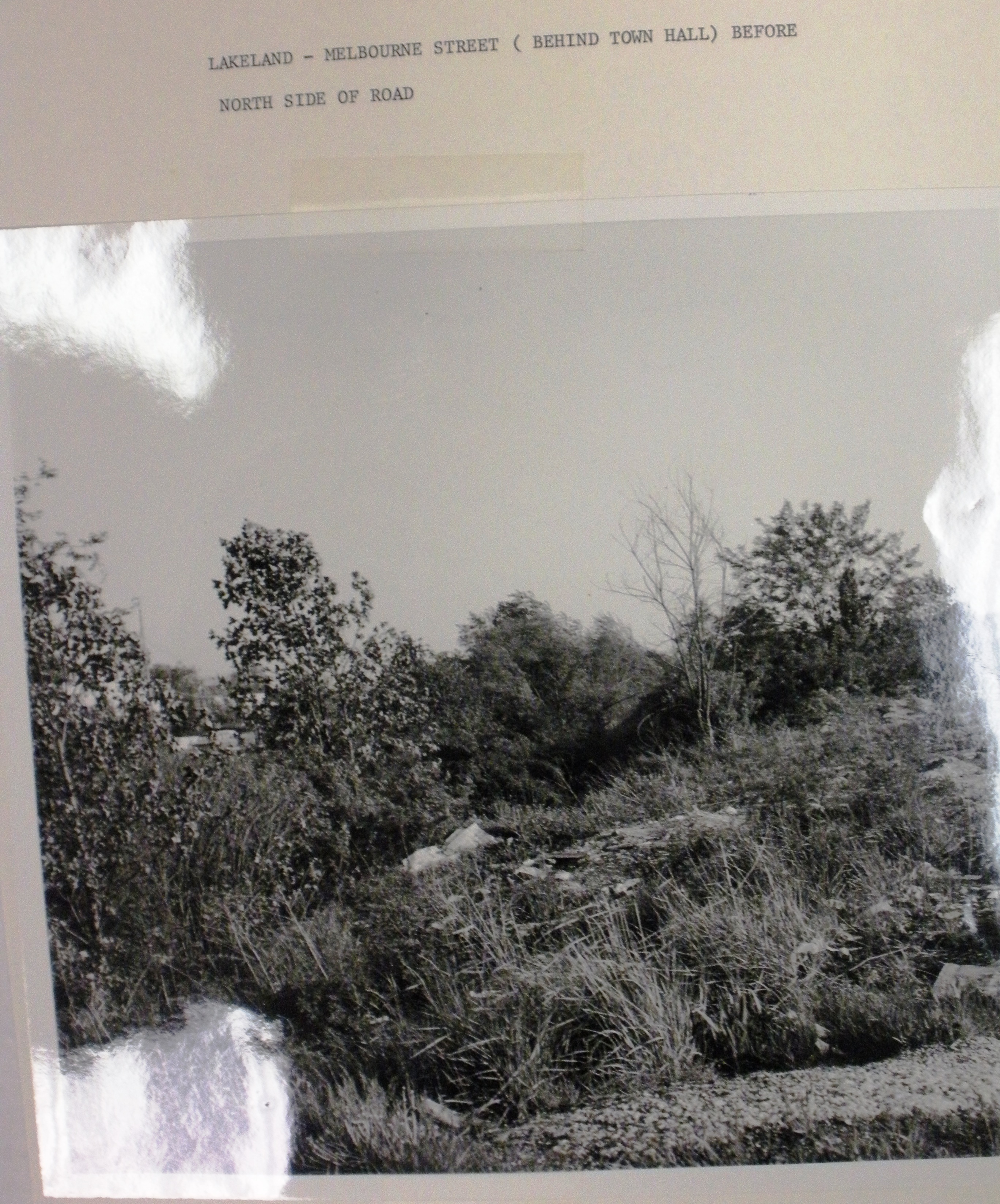
Lakeland, Melbourne Street
Behind Town Hall liquors

Marie Douglas Home
4702 Lakeland Rd Lot 10 Block 19, Urban Renewal Parcel 8 Block 23

At Lakeland Tavern
William Hill and Earlene Williams

Demolished
Ground ready for new development

Western Lakeland Road Homes
In 1970, Prince George’s County officials reported that only a few of Lakeland’s streets were paved, lighting was inadequate, and home values lagged behind those of neighboring white communities. The report failed to mention contributing influences, such as the disparity in economic prospects and the lack of financing opportunities for residential and commercial properties. African Americans were primarily dependent on unregulated private lenders; bank mortgages were rarely granted. Here are two homes on Lakeland Road circa 1968.
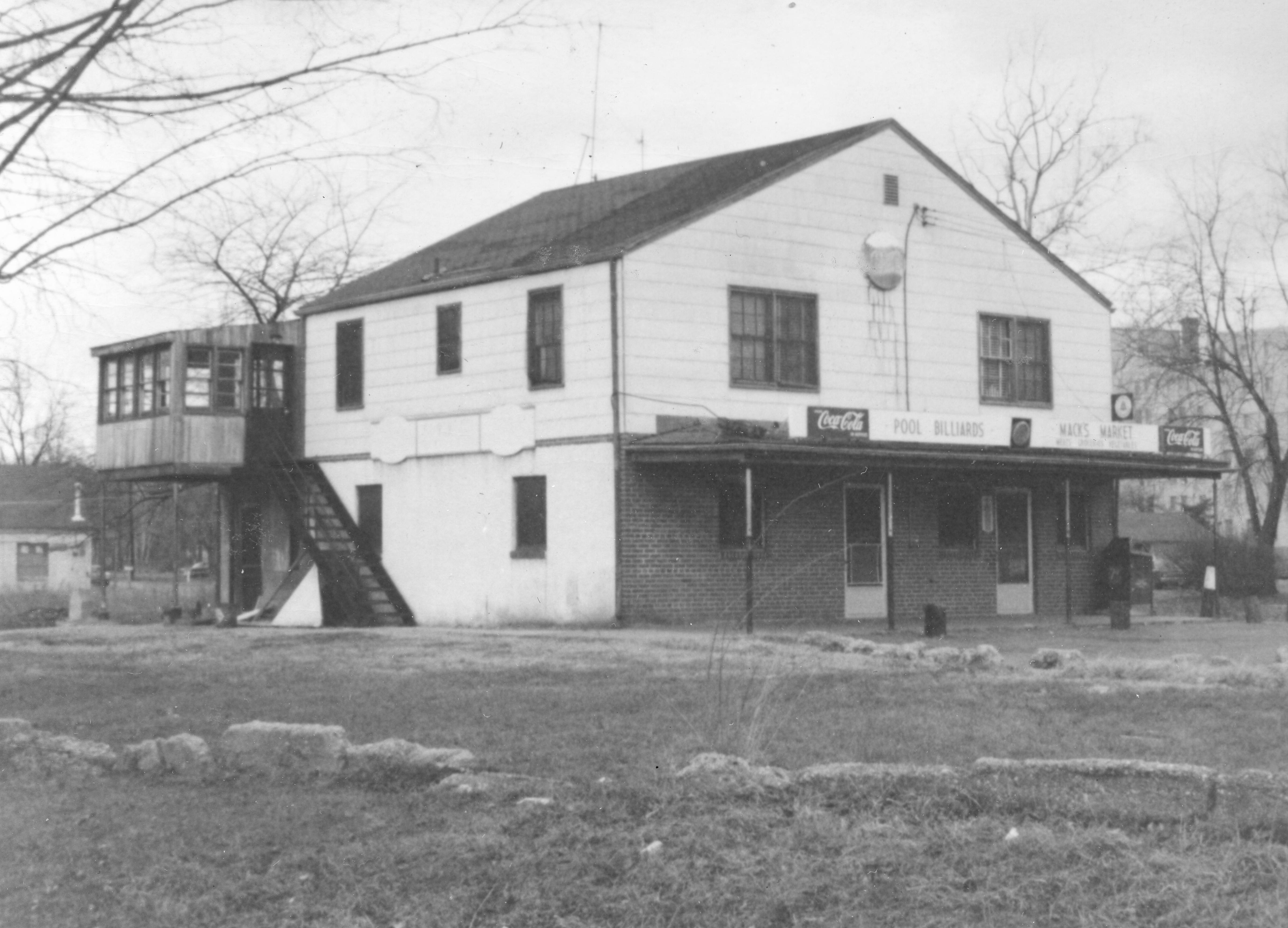
Mack's Market
Located on Rhode Island Avenue
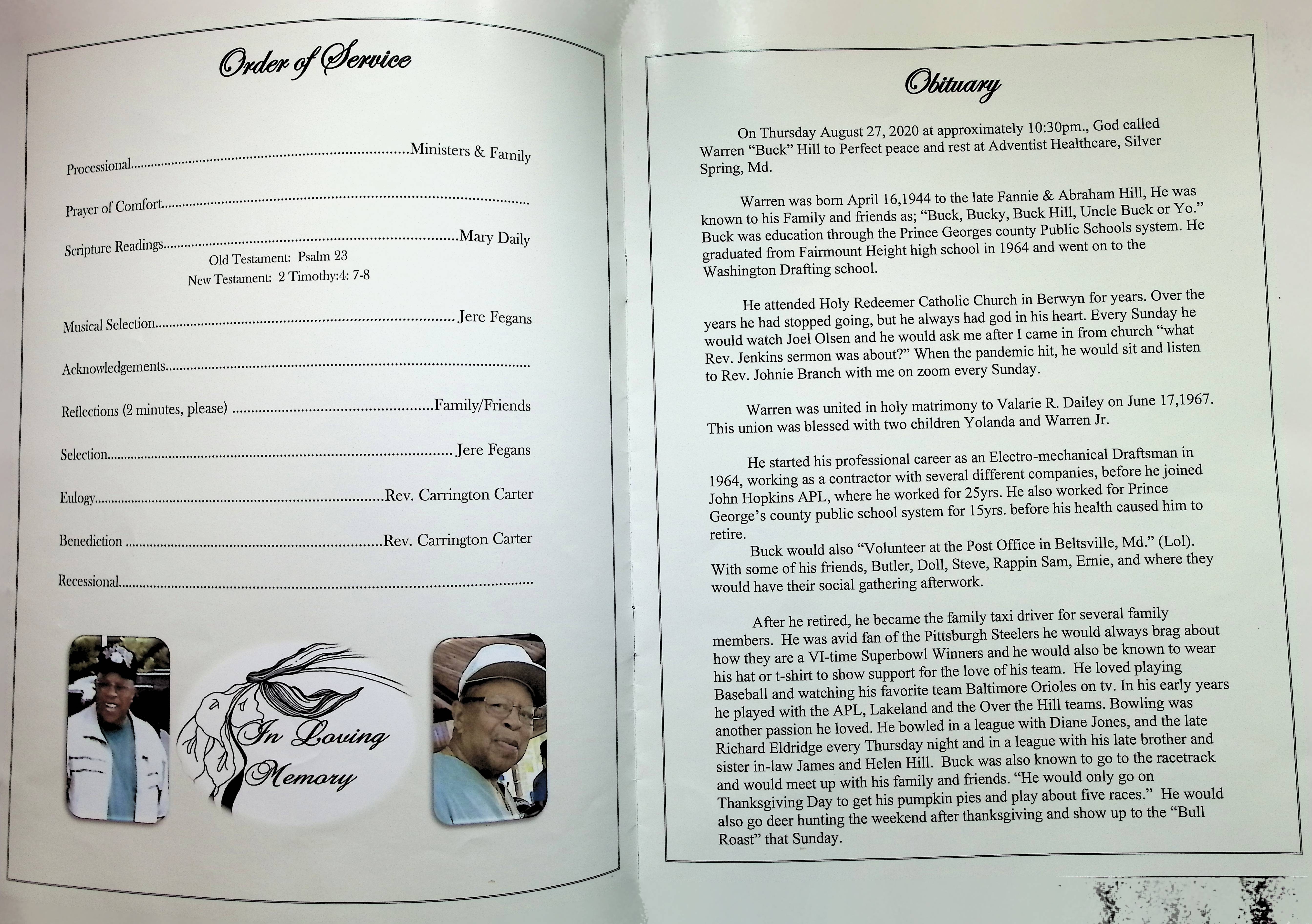
Invitation
Groundbreaking for Spellman House apartments part of urban renewal redevelopment

Pitts Home
4800 Lakeland Rd West 69 ft. of Lot 10 in Block 12 Harold W. & Julia M. Pitts

48th Avenue Homes
8104 and 8106 48th Avenue Block 19 E. 87.1 of Lot 1 Project Parcel 23-1
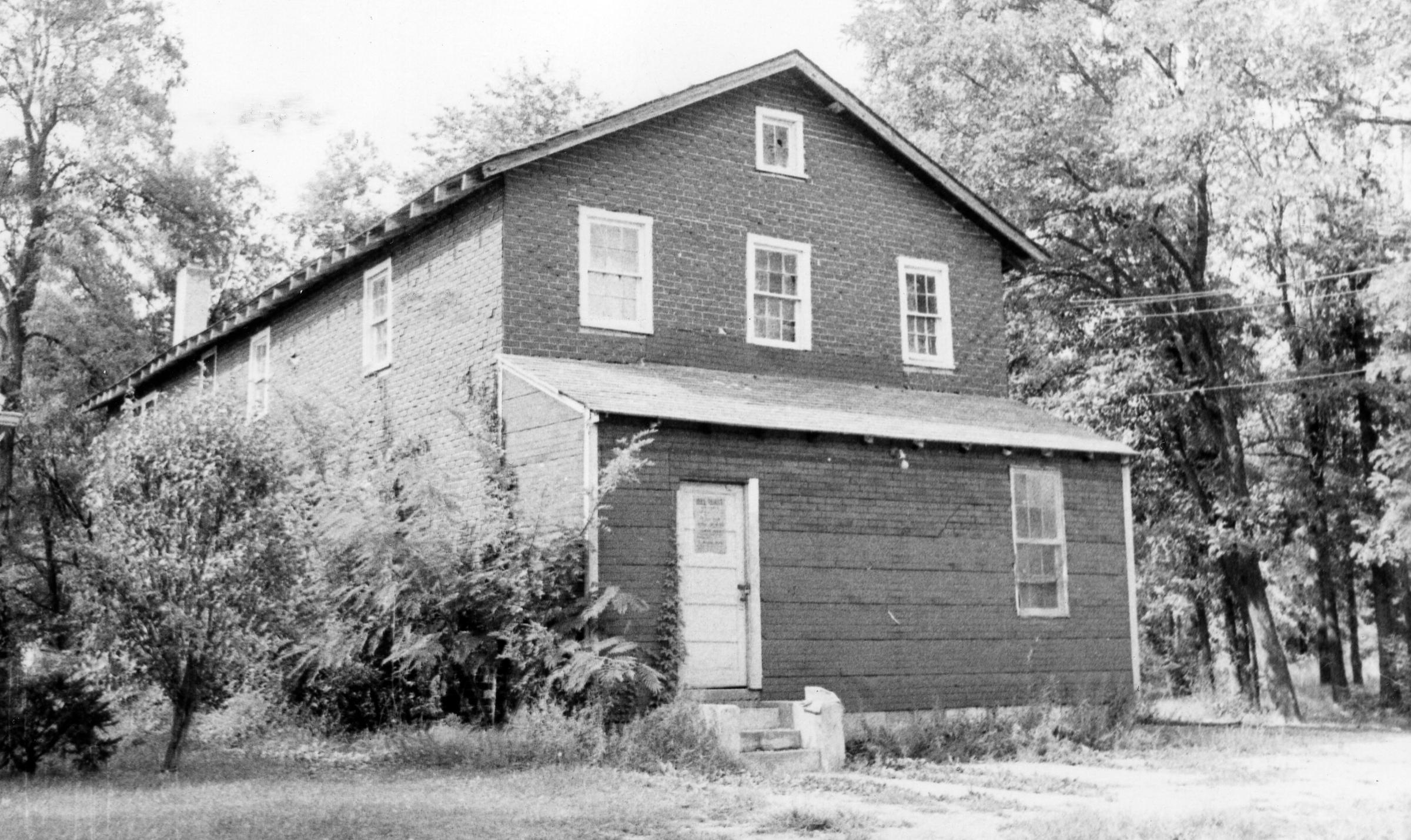
Lakeland's Hall
With the limited access African Americans had to public spaces until the 1960s, this building on western Navahoe Street was forced to serve a multitude of functions. It was designated “Lakeland’s Hall” because it served as an informal community center as well as a place for public meetings, dances, wedding receptions, and church services. On Saturday, it became a movie theater. The building is shown here circa 1965. This hall replaced an earlier structure that was located in the central section of the community.
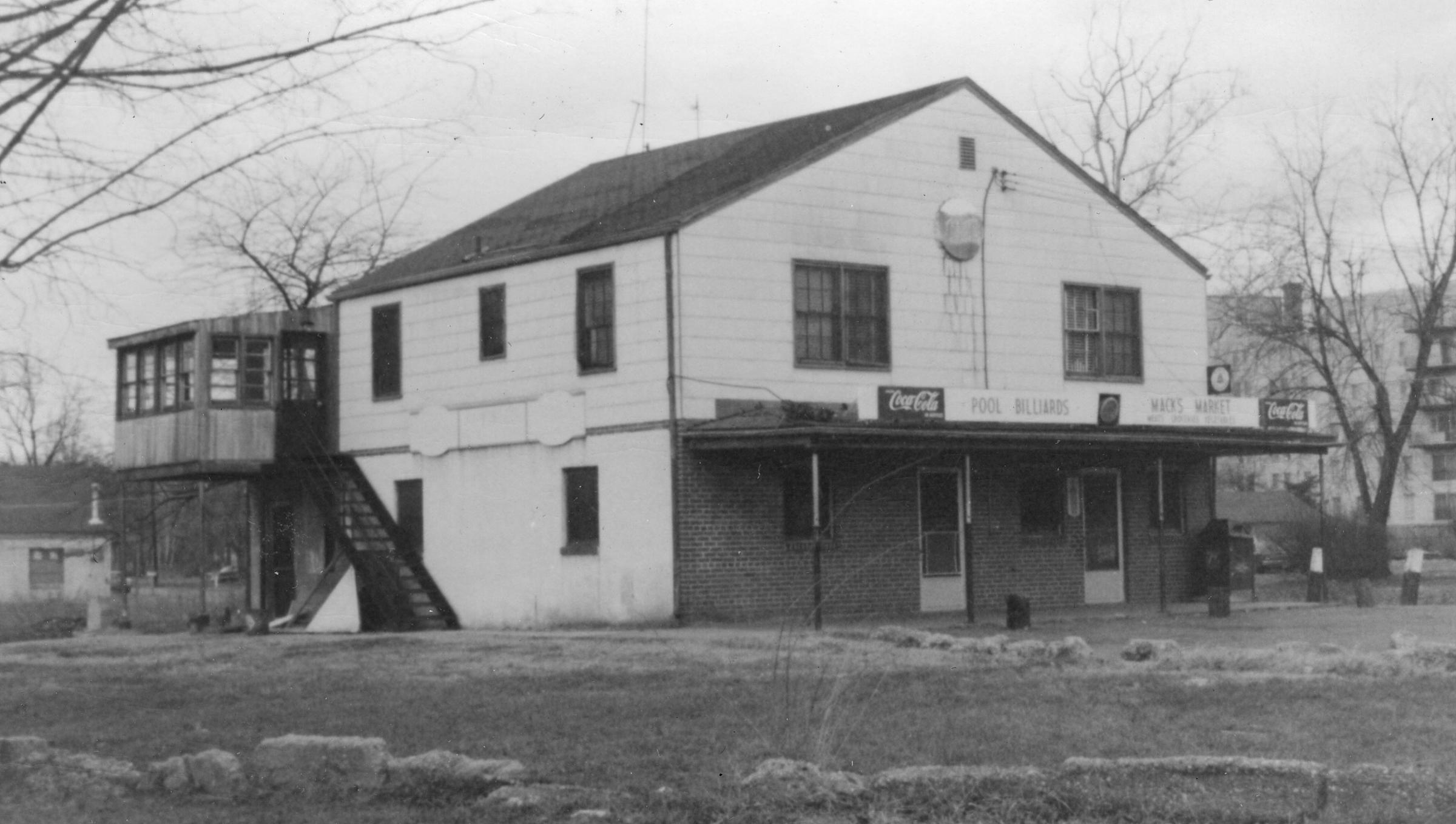
Mack's Market
J. Chesley Mack, sometimes referred to as the unofficial mayor of Lakeland, operated Mack’s Market on Rhode Island Avenue. It was a general store with an ice cream counter and billiard parlor on the main floor, and rental apartments on the second floor. Mack also worked as a chef at the University of Maryland and served as Lakeland’s City Council representative from 1945 until 1957.
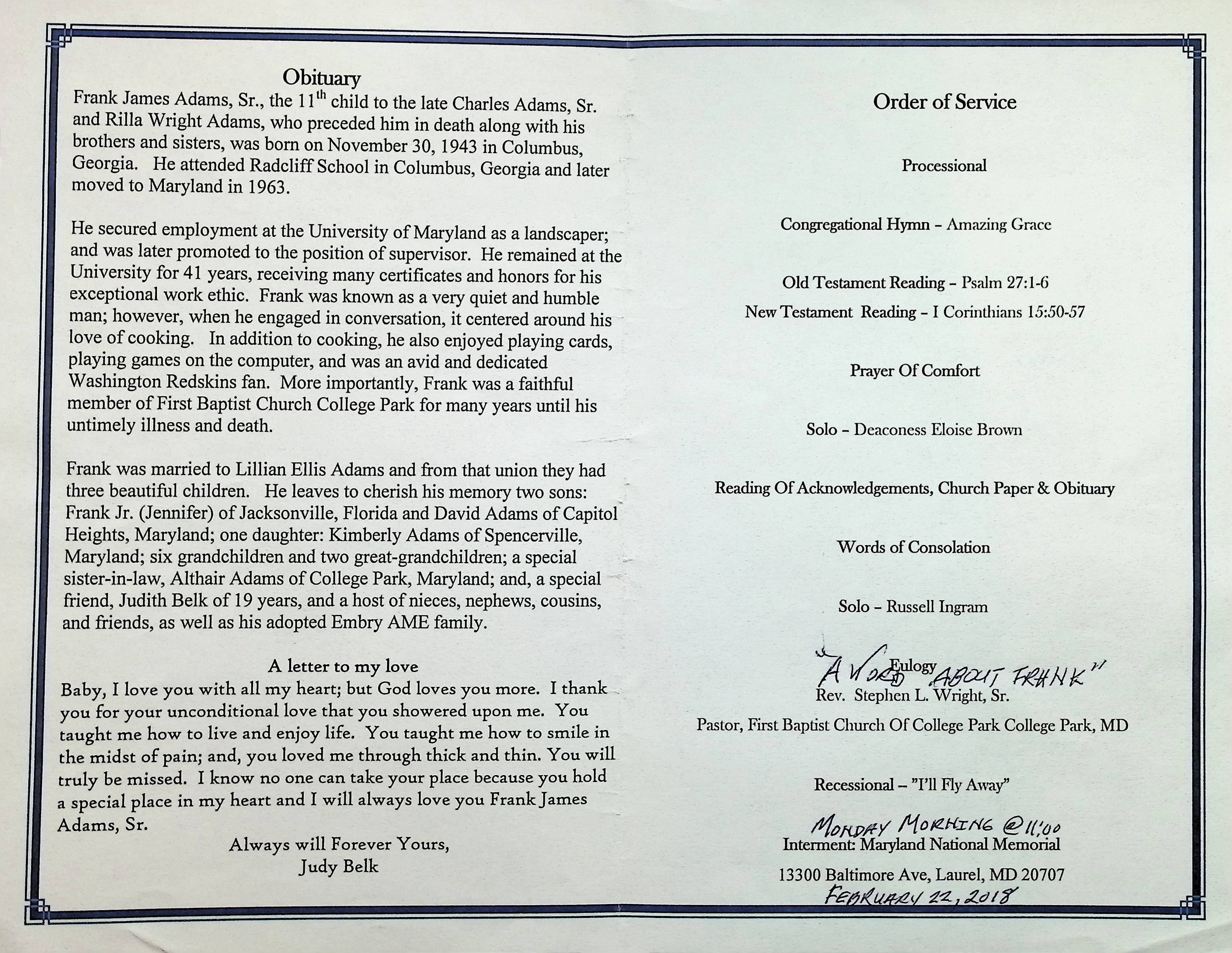
Spellman House Groundbreaking
Stage with dignitaries

Consturction
Berkley Apartments and Townhomes

Lakeland Homes
In 1970, Prince George’s County officials reported that only a few of Lakeland’s streets were paved, lighting was inadequate, and home values lagged behind those of neighboring white communities. The report failed to mention contributing influences, such as the disparity in economic prospects and the lack of financing opportunities for residential and commercial properties. African Americans were primarily dependent on unregulated private lenders; bank mortgages were rarely granted. Above are two homes on Pierce Avenue circa 1965. Here are Two homes on Lakeland Road circa 1968.

Moody Home
4904 Navahoe St Thomas & Elsie Moody

Baltimore Ave at Navahoe St
Gas station on Baltimore Avenue at Lakeland Road

Stewart’s Tavern on western Navahoe Street.
In the 1940s, Stewart’s Tavern opened in Nellie Stewart’s home on western Navahoe Street. In the 1950s, her son Henry Conway, a brick mason, and some of his friends built a separate structure next door for the establishment. They renamed it Four Brothers Tavern. When the business was sold to Leonard Smith in the mid-1960s, it became known as Lakeland Tavern. The building was razed in the 1970s, not long after this photograph was taken, to make way for Lakeland’s federally funded urban renewal project.
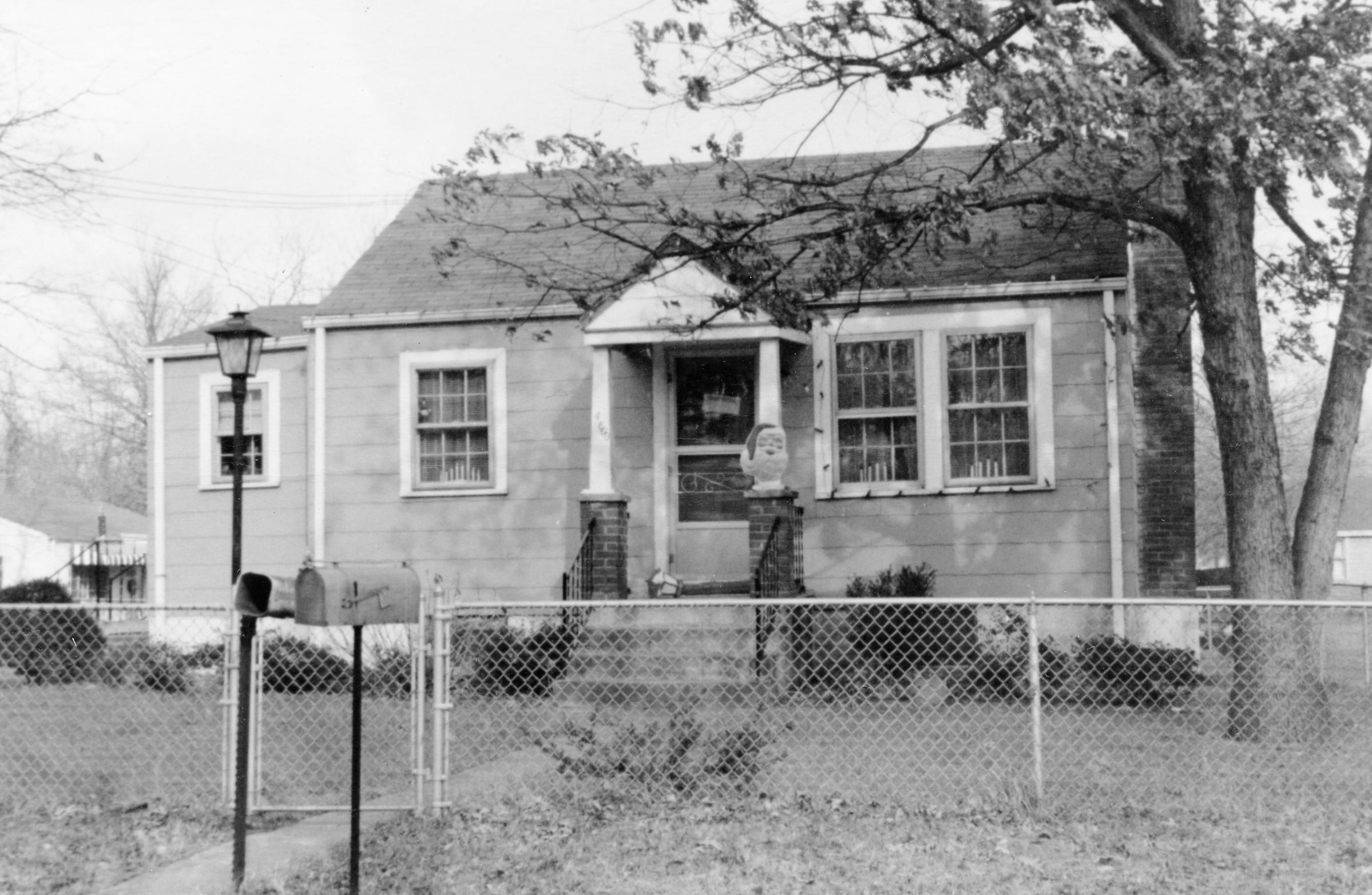
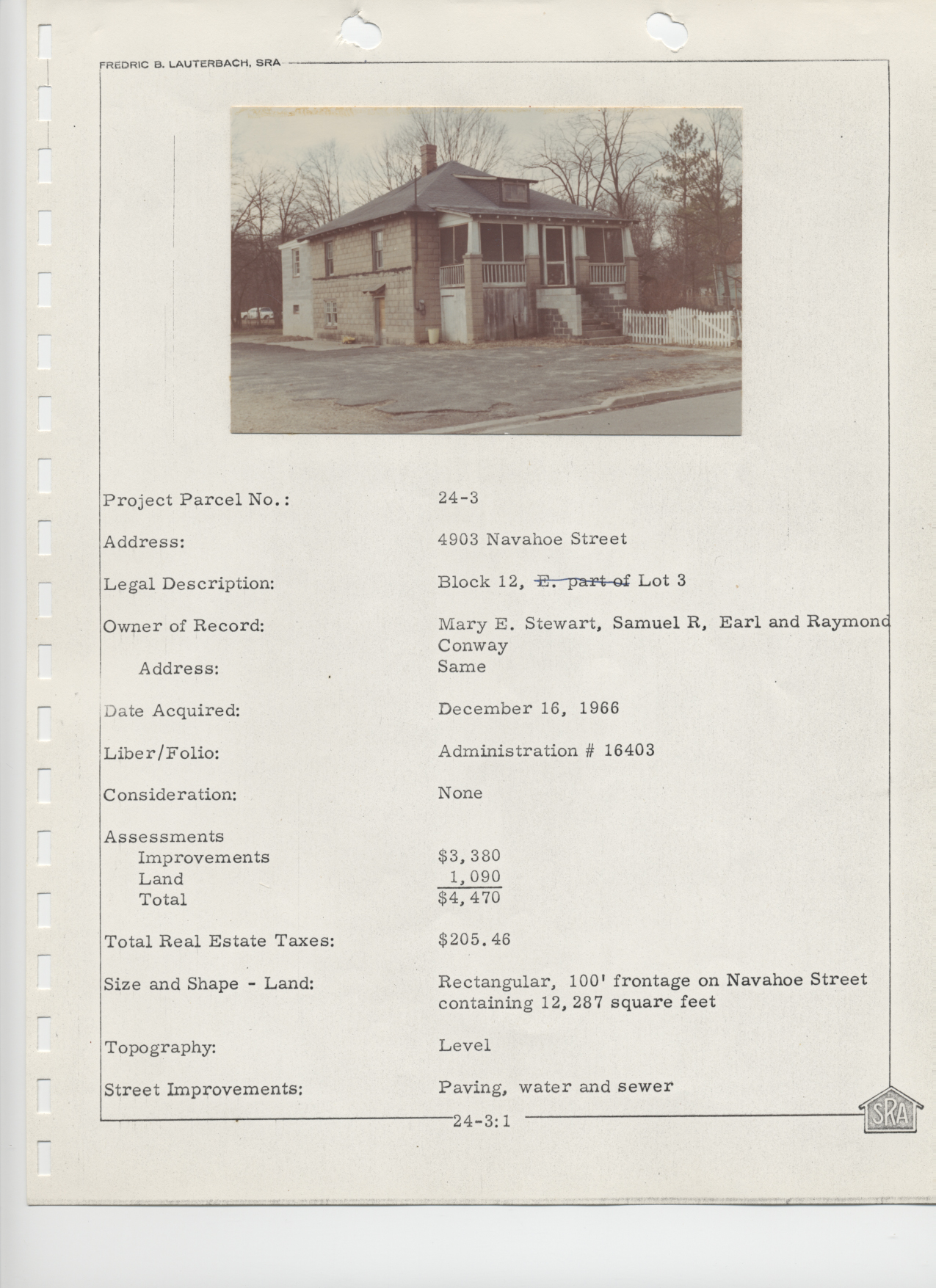
Stewart Conway Home
4903 Navahoe St Block 12 Lot 3 Mary E. Stewart, Samuel R, Earl and Raymond Conway Project Parcel 24-3

Nesbitt Home
4908 Navahoe St Grace & Vardell Nesbitt Urban Renewal Parcel 20-5 Block 16 w45'. Lot 6
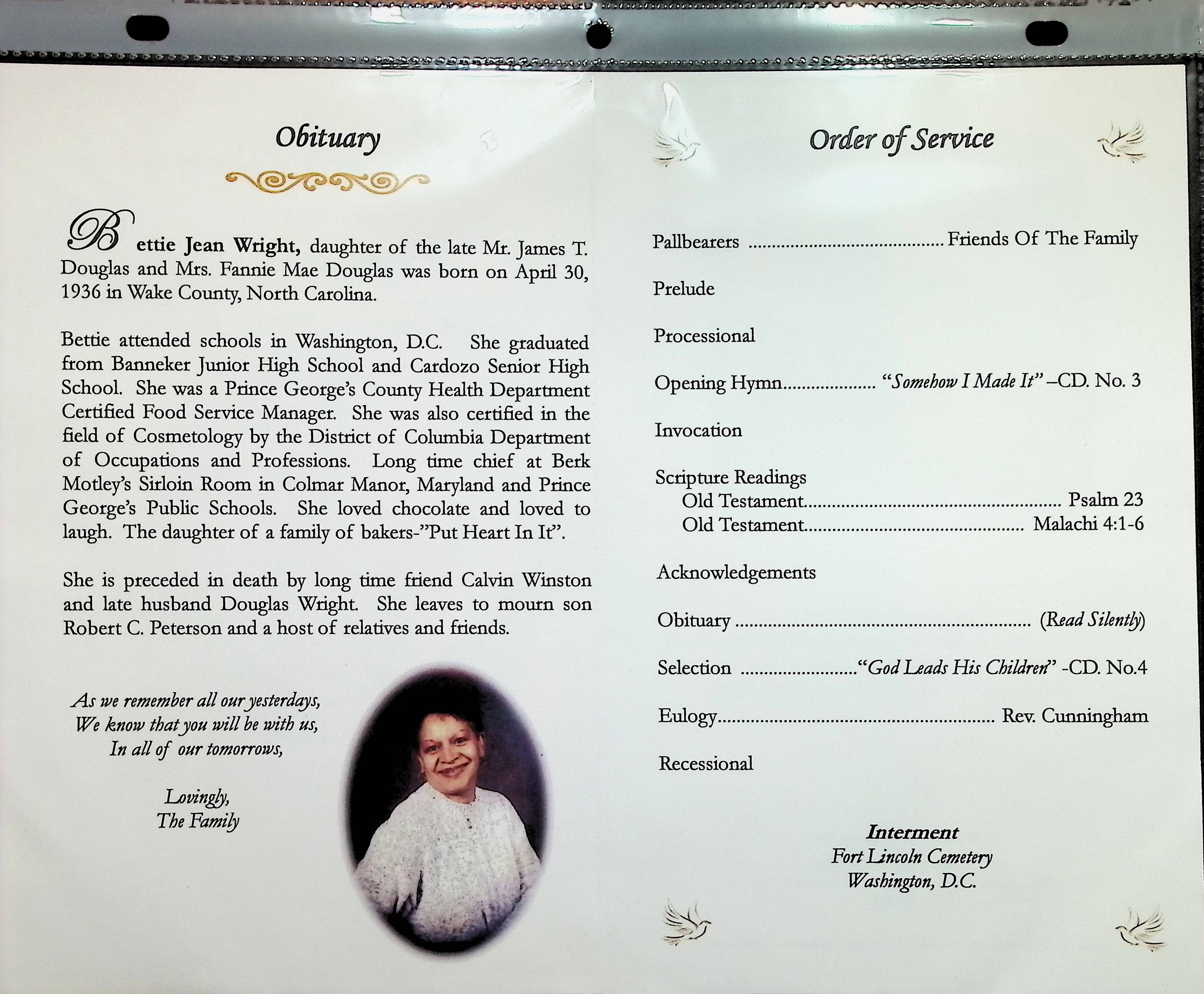
After a heavy rain
On the left of the street was the only area storm drain. It emptied into Navahoe Street. The western section of Lakeland frequently flooded after a heavy rain, as shown in the photograph. On June 23, 1972, tropical storm Agnes devastated Lakeland and much of the region. Flood waters covered the entire community, damaging many homes and destroying several others. Following the storm, efforts to obtain effective flood control and redevelopment were taken up with a new urgency. Finally, a flood control project by the Army Corp of Engineers was approved, and the Lakeland Urban Renewal Project began to receive necessary governmental approvals for work to begin.
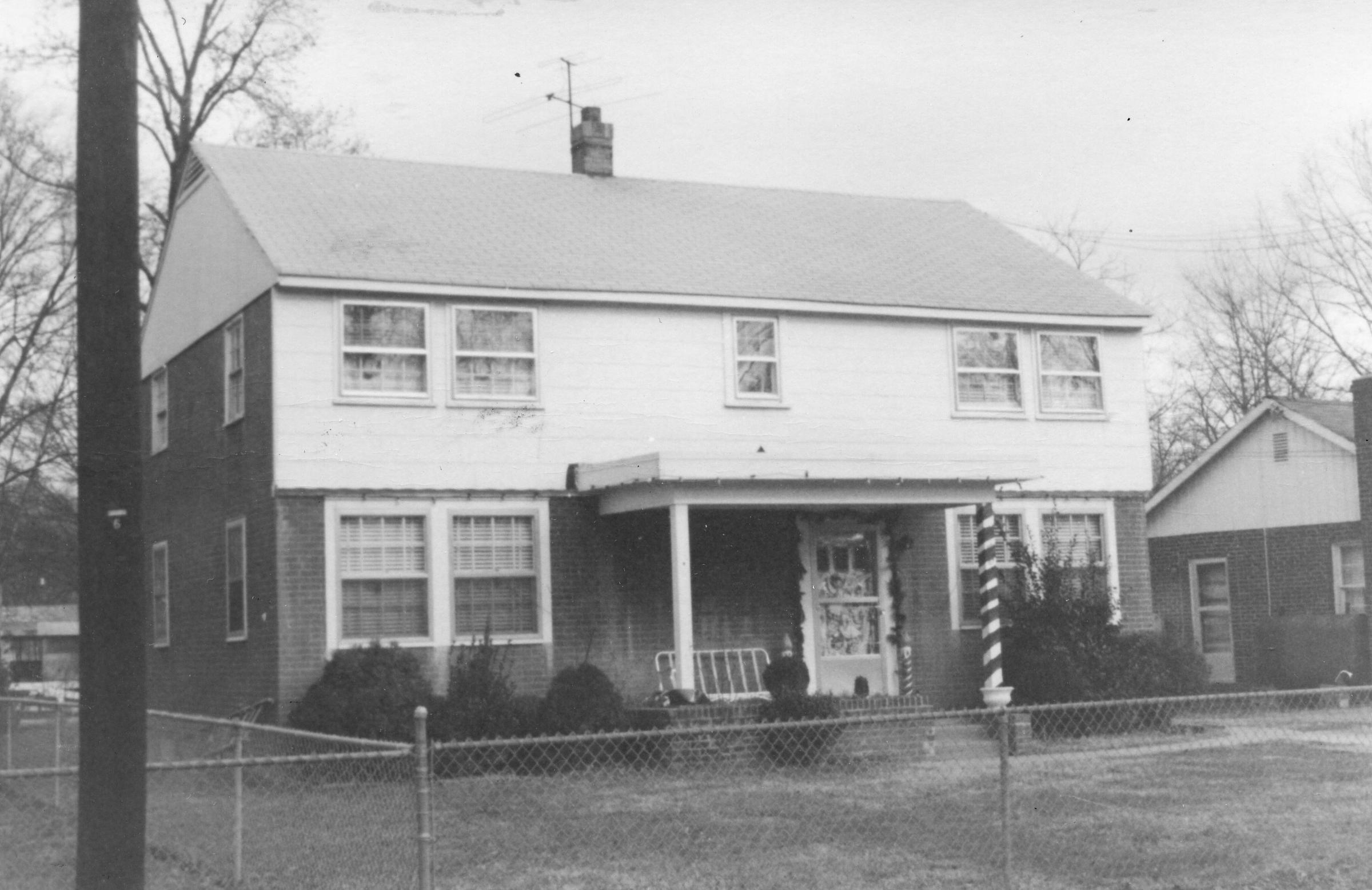
Brooks Home
George and Jeanette Brooks built this house in 1955 on Lakeland Road. It was a new and modern home for a growing family. They lived here for only about twenty years, as the house fell victim in the late 1970s to the urban renewal project in the community.
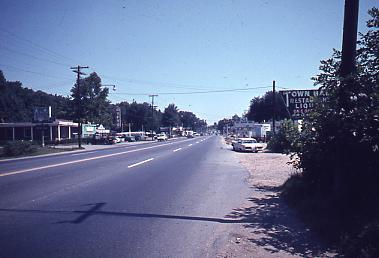
Baltimore Avenue
Near Melbourne St Original image was a slide in the City of College Park collection
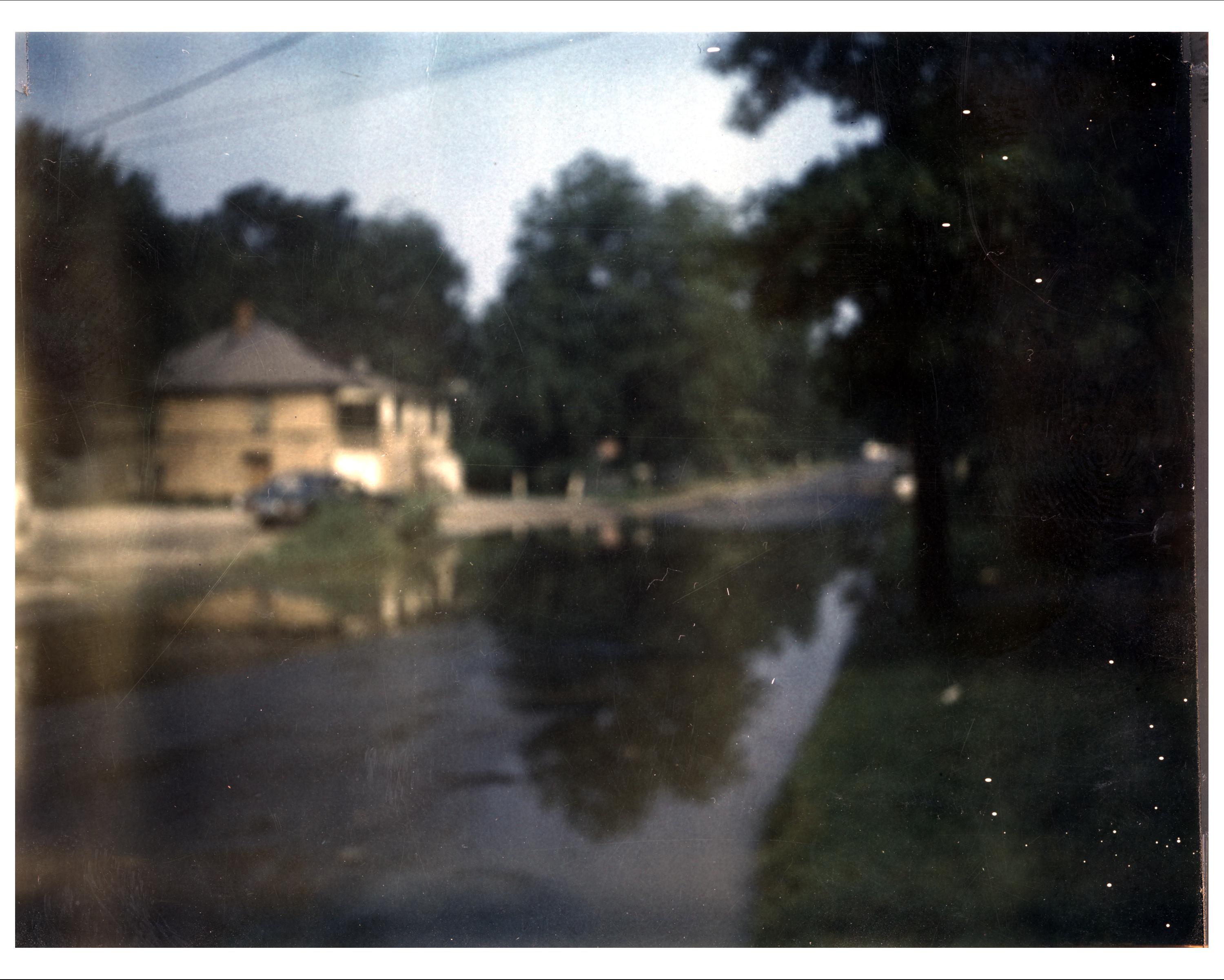
Flooding
Western Navahoe Street

Chapman Home
8005 48th Ave.-Manton L. & Dalphine A. Chapman